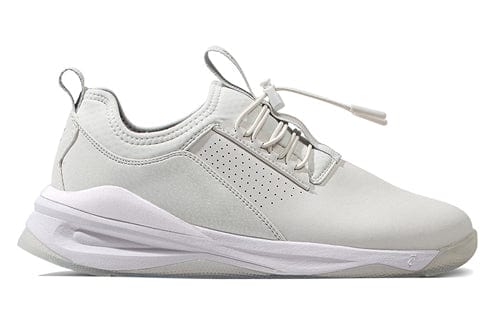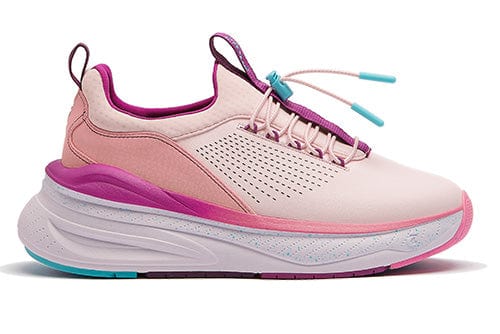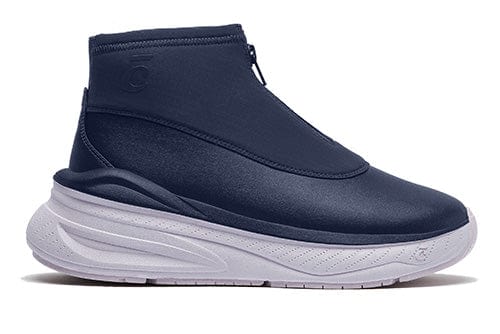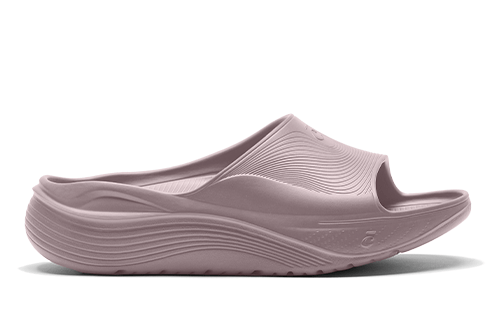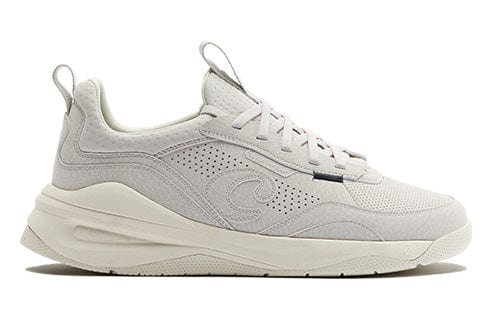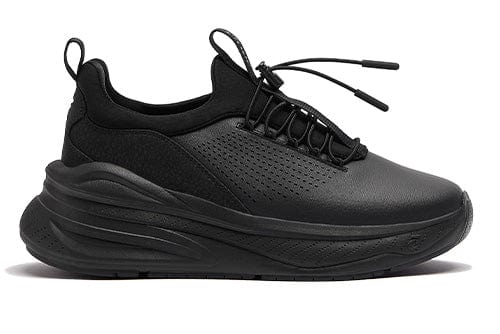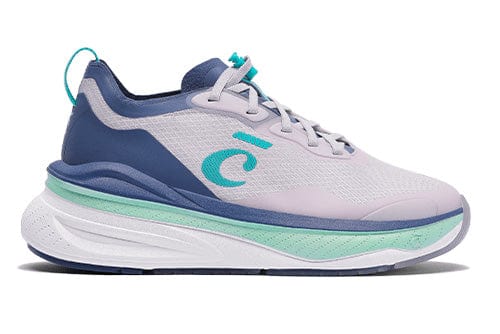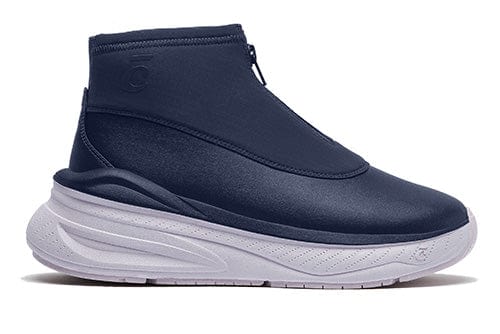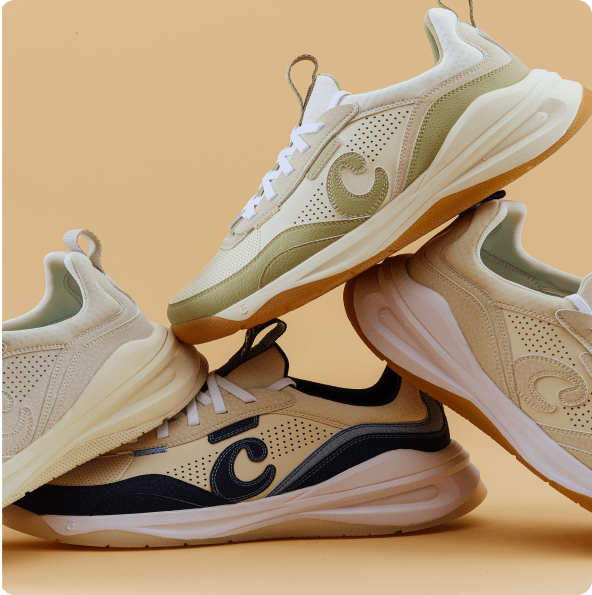Understanding the Causes of Swollen Feet
Swollen feet—a condition often brushed off as a minor nuisance—can become a significant hindrance for just about anyone. Whether you're an athlete accustomed to rigorous training, a traveler exploring new terrains, or a manual laborer on your feet all day, swelling in your feet and ankles can strike unexpectedly. This common issue transcends age and lifestyle, affecting a diverse range of people across different activities.
The inconvenience of swollen feet extends beyond physical discomfort. It can impede your ability to perform at your best, slow mobility, and even signal underlying health issues requiring attention. Once you determine your feet are swollen, recognizing the cause of swollen feet is key in taking proactive steps to manage and prevent them moving forward.
Common Causes of Swollen Feet
Swollen feet, medically known as peripheral edema, occur when excess fluid accumulates in the tissues of your lower extremities. This fluid buildup can result from several factors, from
eating excessive salty food to experiencing swollen feet after flying or during pregnancy.
If the cause of swollen ankles and feet are determined to be edema and it does not improve within a few days, it is important to seek medical attention to identify and address the underlying cause. Treatment varies based on the cause and can involve lifestyle changes, medication, or other medical interventions.
Injuries to the Feet
Injuries such as sprains, fractures, or even less obvious traumas like ingrown toenails and varicose veins can lead to localized swelling in the feet. When an injury occurs, the body's natural response is to send blood and fluid to the affected area to initiate healing. This increase in fluid around the injured tissue is a cause for swollen feet and can lead to pain and restricted movement.
Such incidents are not uncommon, especially in active individuals or those in physically demanding professions. The mild to severe swelling is your body's way of protecting and repairing the injured area, but it also serves as a sign to slow down and allow time for recovery.
Addressing swollen feet involves recognizing these triggers and implementing strategies to manage or avoid them. Whether it's adjusting your diet to reduce fluid retention, choosing the right footwear to support your feet during long shifts, or taking time to recover from injuries and inflammation properly, understanding these causes is the first step towards healthier feet.
Lifestyle Factors and Swollen Feet
Lifestyle plays an important role in managing the health of your feet, especially when it comes to preventing and addressing swelling. Regular movement and maintaining proper posture are essential, particularly for those who find themselves either in static positions for long periods or on their feet all day.
Regular Movement
The challenge of swollen feet for many stems from prolonged periods of sitting or, in contrast, extended time standing, both of which can impede blood flow and contribute to fluid retention. Incorporating regular movement into the routine, such as taking short walks or performing foot exercises, can help stimulate blood circulation and reduce swelling.
For instance, foot exercises that can be done at one’s work desk include gently rotating the ankles clockwise and counterclockwise for about a minute. Regularly alternating between being seated and standing up, stretching, and walking around for at least a minute every hour can also help prevent swelling by promoting circulation and reducing the likelihood of blood pooling in the lower extremities.
Wearing comfortable shoes can also alleviate discomfort and prevent swelling, especially for those who have to sit for long periods at a desk. In addition, using compression socks can help improve blood flow and reduce swelling in the legs and feet. These garments offer gentle compression to the legs, promoting circulation and preventing fluid from pooling in the lower extremities.
Dietary Influence on Swelling
The diet you maintain significantly affects the health of your feet. As mentioned earlier, a high-sodium one is a well-known contributor to fluid retention, leading to swelling not only in the feet but also in other parts of the body. Reducing sodium intake and enhancing your diet with potassium-rich foods such as bananas, spinach, and sweet potatoes can help balance fluid levels in your body.
Also, staying hydrated by drinking plenty of water throughout the day is helpful, as it also encourages your body to release excess fluid. Excess sodium in the body can cause water retention, and many packaged foods contain high levels of sodium. Reducing sodium intake and increasing magnesium and potassium intake can help regulate fluid balance and reduce water retention.
Foods high in potassium include bananas, avocados, and tomatoes, while magnesium-rich foods include nuts, whole grains, and leafy green vegetables. Additionally, some herbs such as dandelion, horsetail, or parsley may help reduce water retention by increasing urine production.
Managing and Preventing Swollen Feet
Effective management and prevention of swollen feet are essential for maintaining your mobility and quality of life. At Clove, we've designed footwear that not only supports your daily needs but can also help in managing the discomfort of swollen feet.
Supportive Footwear from Clove
Our range of shoes offers the perfect blend of style, comfort, and functionality. With adequate arch support and superior cushioning, Clove sneakers are ideal for anyone experiencing swollen feet. Whether you're navigating the long corridors of a hospital or standing at a retail counter, our shoes work hard to reduce the impact on your feet and prevent swelling. Discover our carefully crafted designs within our women’s sneakers and men's sneakers, where each pair is engineered with your health and comfort in mind.
Benefits of Compression Socks
In addition to wearing the right shoes, using compression socks can be a game-changer in managing swollen feet. These specially designed socks gently compress your legs, promoting better blood circulation and preventing the accumulation of fluid in the lower legs and feet. Ideal for those who spend a lot of time on their feet, compression socks can reduce swelling and discomfort.
By integrating these management strategies—choosing supportive footwear and utilizing compression socks—you can actively reduce the discomfort of swollen feet and improve your overall foot health. At Clove, we're committed to supporting you and making it easy to learn how to help swollen feet, so you can go about your work, travel, and life overall in more comfort.
Sources:
- Health.com. 13 Causes of Swollen Feet and Ankles. https://www.health.com/condition/heart-failure/swollen-feet
- Certified Foot & Ankle Specialists. How to Treat Swollen Feet, Ankles and Legs. https://certifiedfoot.com/how-to-treat-swollen-feet-ankles-and-legs/
- Healthline. 6 Ways to Reduce Water Retention (Edema). https://www.healthline.com/nutrition/6-ways-to-reduce-water-retention


